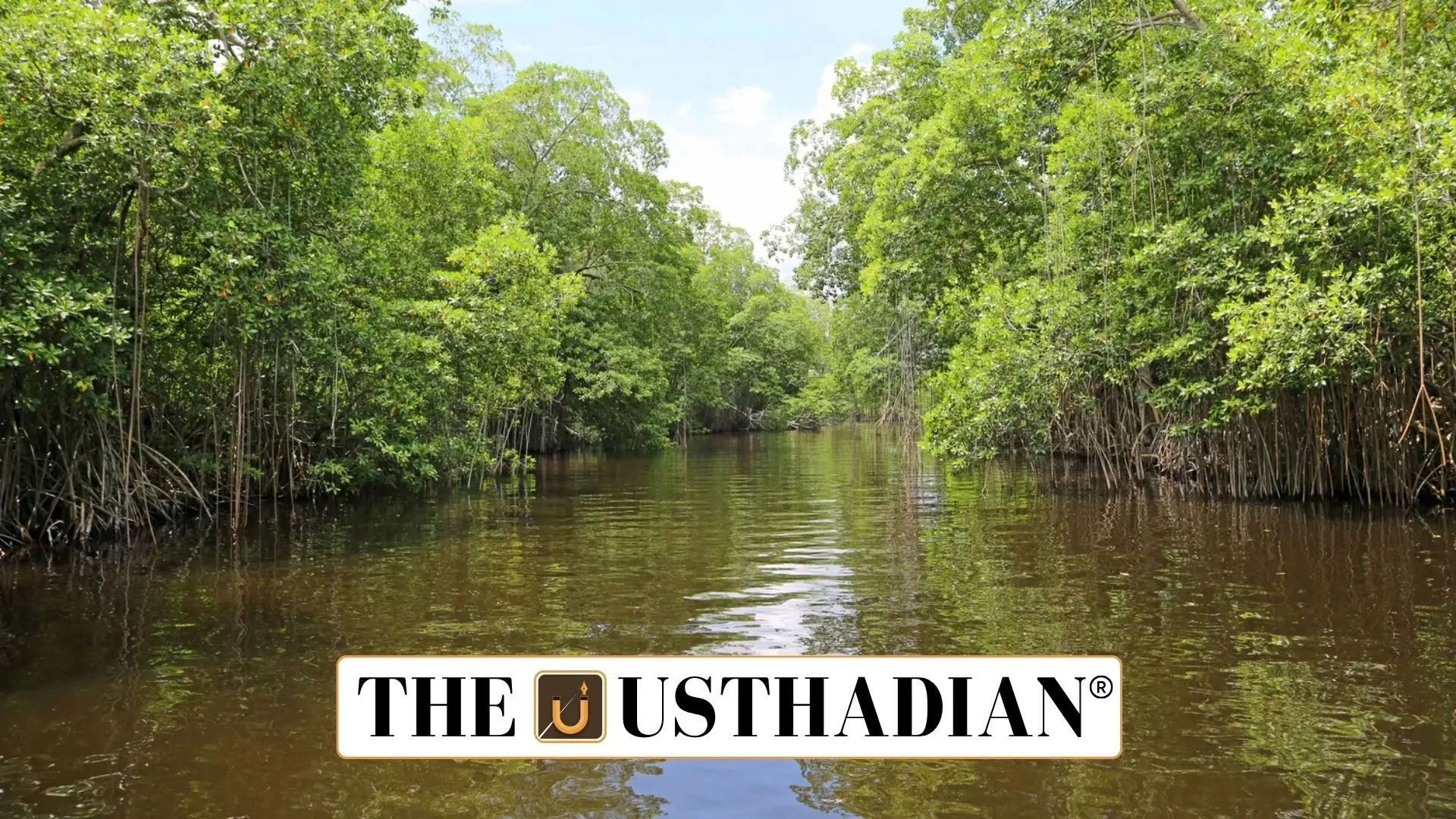Coastal Green Zones Expand Rapidly in Tamil Nadu
Tamil Nadu’s Mangrove Cover Sees Twofold Increase by 2024: A Landmark Achievement for Coastal Climate Resilience : In 2024, Tamil Nadu marked a significant achievement in coastal conservation by almost doubling its mangrove forest area—from 4,500 hectares in 2021 to 9,039 hectares. This surge showcases the state’s commitment to strengthening climate resilience and preserving blue carbon-rich ecosystems. As per the ‘Blue Carbon Monitoring for Mangroves of Tamil Nadu’ report, the rapid growth stems from both natural regrowth and active afforestation, with plantations contributing over 40% (3,625 ha) of the total mangrove spread.
Tiruvarur and Thanjavur Set the Pace
The districts of Tiruvarur and Thanjavur have taken the lead in mangrove development. Tiruvarur tops the list with 2,142 hectares under mangroves, followed closely by Thanjavur with 2,063 hectares, which includes 854 hectares of planted mangroves and 1,209 hectares of natural growth. Combined, these two districts account for nearly half of the state’s total mangrove coverage, underscoring effective local implementation of environmental policies and habitat restoration.
Blue Carbon Storage: Nature’s Climate Asset
Mangroves are highly efficient in capturing atmospheric carbon, known as blue carbon. According to the report, Cuddalore district leads in this category, storing an impressive 249 tonnes of carbon per hectare. Tiruvarur and Thanjavur follow with 145 tonnes/ha and 77.5 tonnes/ha, respectively. On the other hand, regions like Villupuram (2.59 t/ha) and Tiruvallur (13.1 t/ha) lag in carbon density, highlighting the need for intensified restoration efforts in these low-carbon regions.
A Conservation Success with Climate Benefits
The doubling of Tamil Nadu’s mangrove footprint signals a well-executed balance between scientific plantation strategies and natural forest regeneration. This ecological success supports fisheries, reduces coastline erosion, and acts as a natural barrier against climate threats. Going forward, improving carbon stock in underperforming zones and scaling up coastal vegetation will be central to achieving sustainable blue carbon outcomes across the state.
STATIC GK SNAPSHOT
Tamil Nadu’s Mangrove Cover Sees Twofold Increase by 2024: A Landmark Achievement for Coastal Climate Resilience :
| Aspect | Details |
| Mangrove Cover (2021) | 4,500 hectares |
| Mangrove Cover (2024) | 9,039 hectares |
| Plantation Area (2024) | 3,625 hectares (40.1%) |
| Natural Mangrove Area | 5,414 hectares (59.9%) |
| District with Highest Cover | Tiruvarur – 2,142 ha |
| Second Largest District | Thanjavur – 2,063 ha (includes 854 ha plantation) |
| Top Blue Carbon Density | Cuddalore – 249 tonnes/ha |
| Low Carbon Storage Areas | Villupuram – 2.59 t/ha, Tiruvallur – 13.1 t/ha |
| Report Title | Blue Carbon Monitoring for Mangroves of Tamil Nadu |








